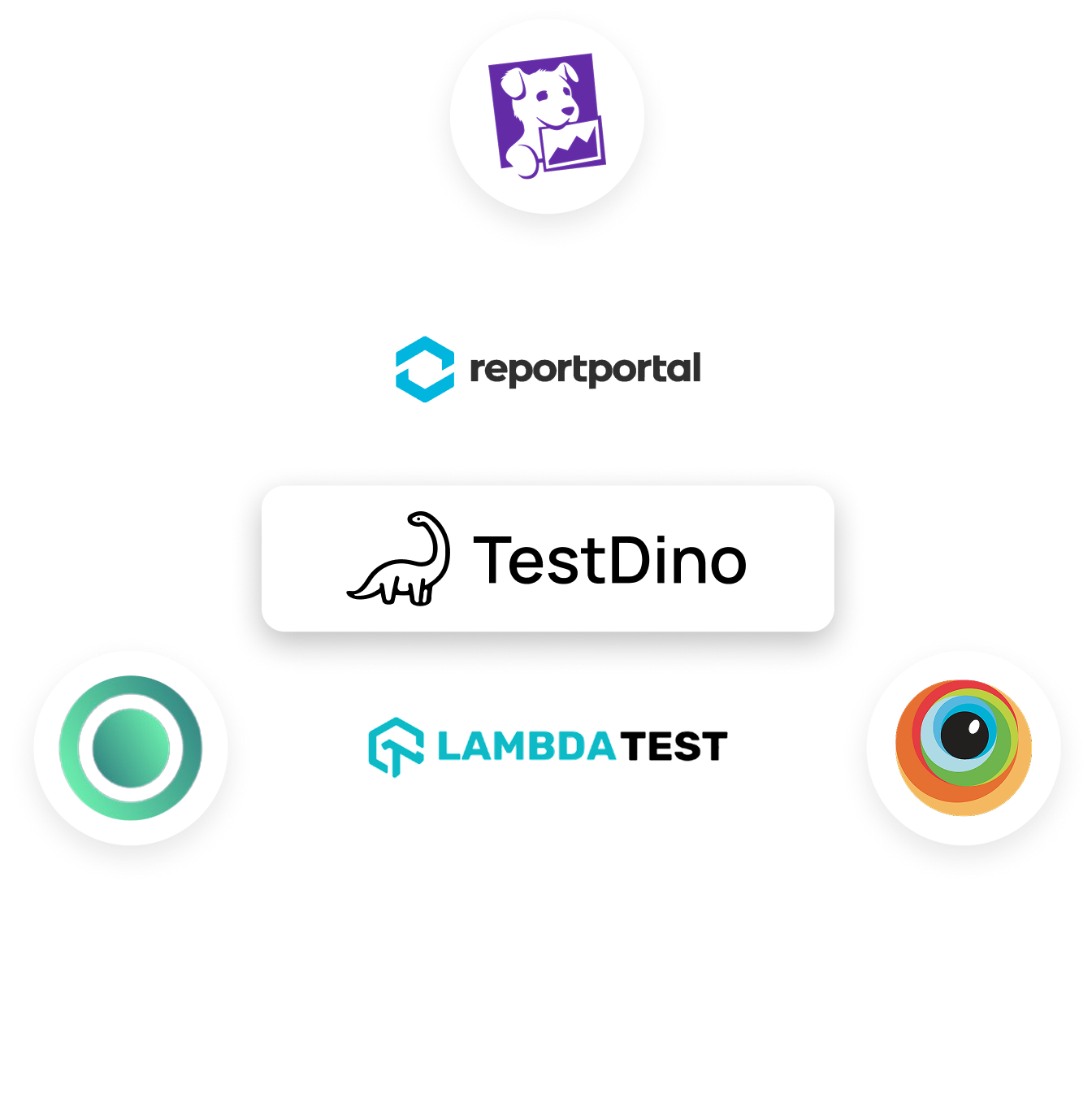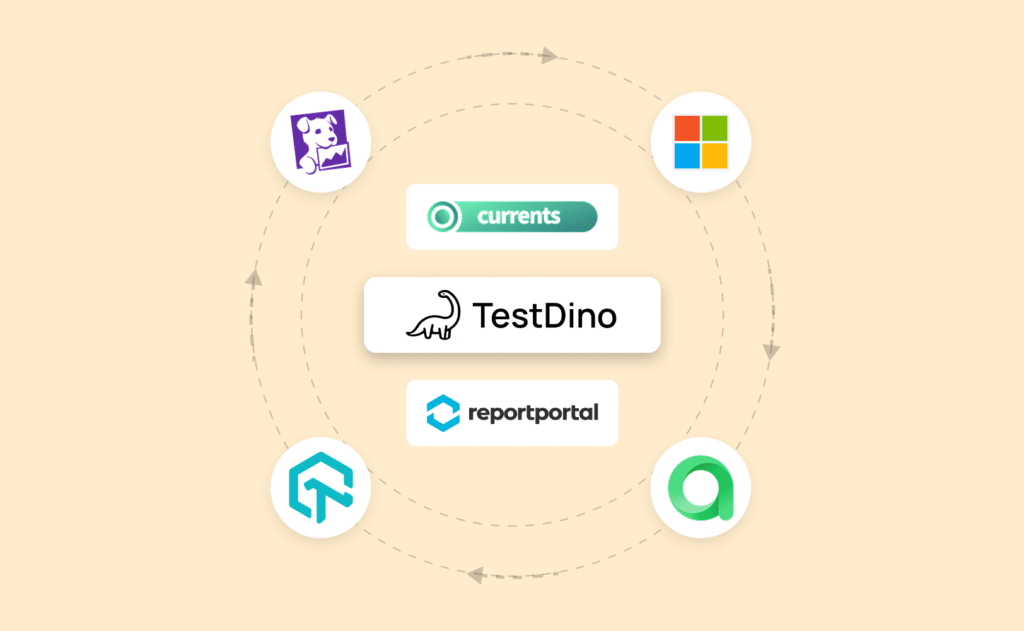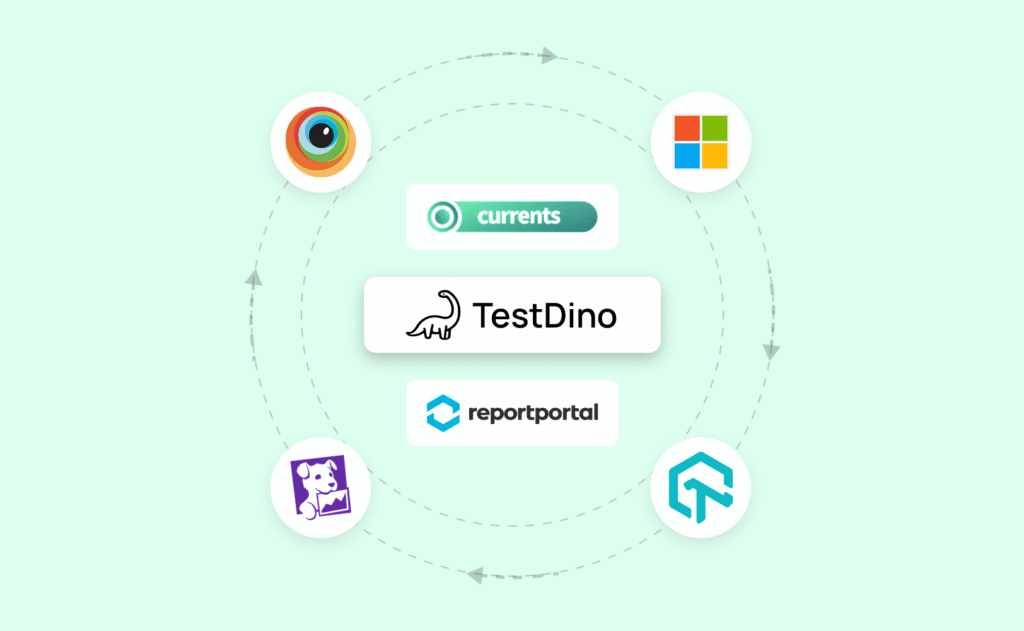Selecting the right test reporting tool is a critical decision for modern engineering teams.
Allure Report is widely adopted as an open-source solution for its visually appealing, framework-agnostic reports.
However, its core design as a stateless, disposable report generator presents significant challenges, including high maintenance overhead and a lack of persistent historical analytics.
In this guide, we explore 6 of the best Allure Report alternatives worth considering in 2025. We will compare their features for reporting, analytics, and team collaboration.
The goal is to help you find the right tool to improve your testing workflow.



